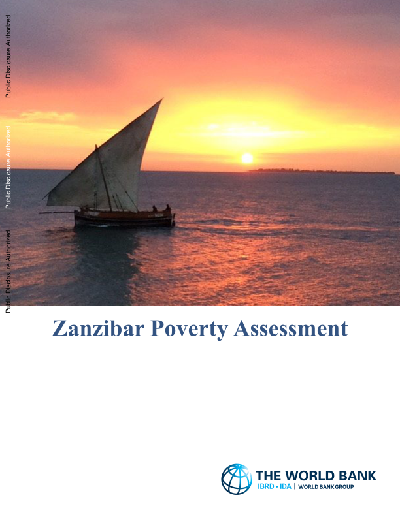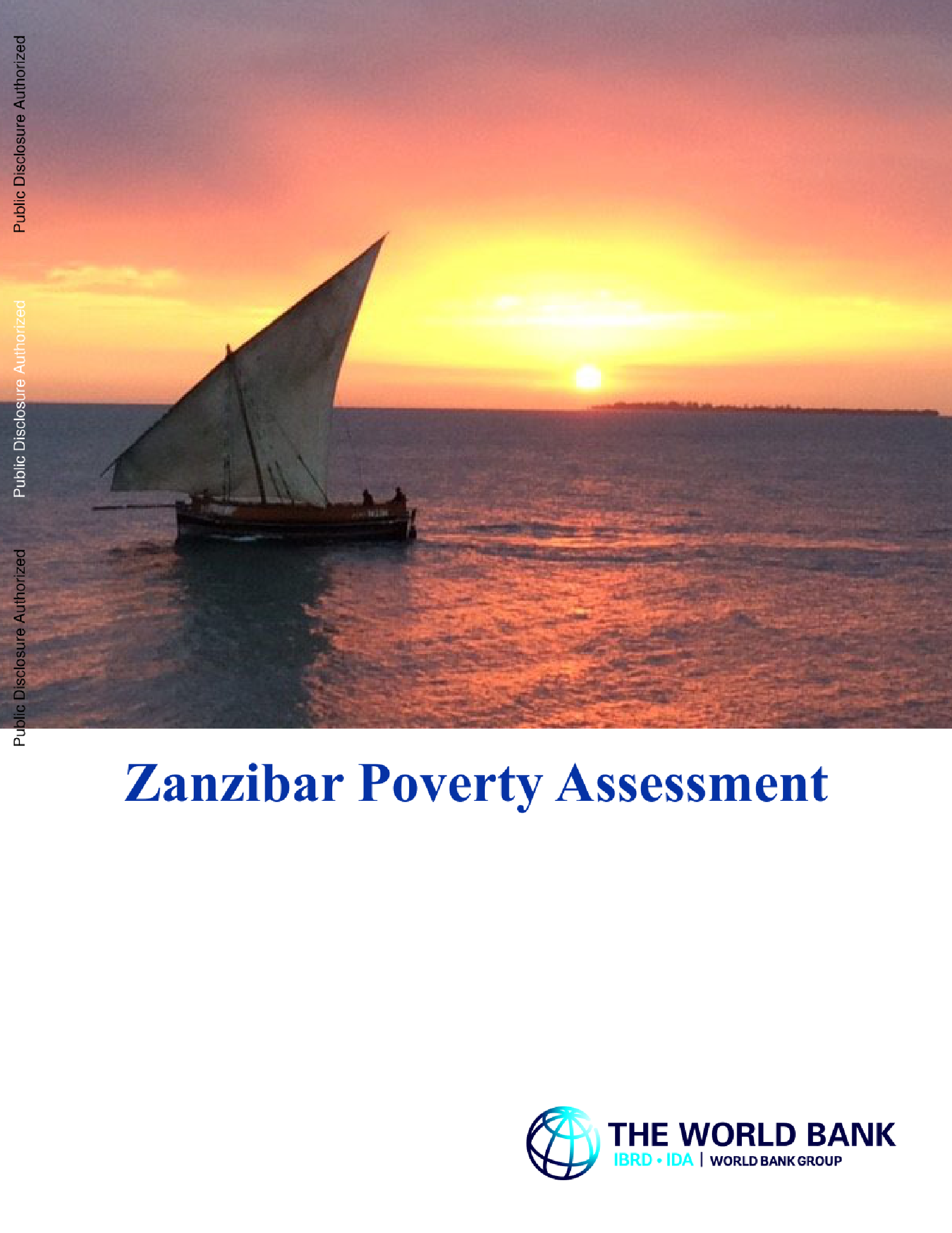



收藏
纠错
自2010年以来,桑给巴尔在全国范围内的城市贫困率出现了显着下降,而农村贫困率没有变化,奔巴岛的贫困率增加了,基本需求贫困和极端贫困率在全国范围内分别下降了4.5和1个百分点。穷人的消费量也成比例增加,但穷人和最底层40%人口的绝对收益仍然有限。减贫集中在城市地区,这是桑给巴尔整体减贫的主要动力。减少贫困的主要动力是增加了穷人的教育和经济活动的回报。
桑给巴尔贫困评估 Glossary Poverty headcount or monetary basic needs poverty rate: measures the proportion of the population whose monthly (price -adjusted) total household consumption per adult is below th national basic needs poverty line of TZS 53,377 (in 2014/15). Basic need poverty rates represent official national poverty levels. Extreme poverty headcount: proportion of the population whose monthly (price-adjusted) total household consumption per adult is below the food poverty line. The extreme poor are unable to meet the minimum nutritional requirements of 2,200 kilocalories (kcal) per adult per day. Poverty gap or depth of poverty: measures the distance between the average consumption of the poor and the poverty line. Severity of poverty: estimates the inequality among the poor. International poverty: proportion of the population whose daily total household consumption per person is below the international poverty line of US$1.90 per person per day (in the 2011 Purchasing Power Parity exchange rate). Dimension-specific deprivation: proportion of households (or individuals) who suffer from a deprivation or a shortfall from a threshold on a specific dimension of well- being such as education, access to basic services, consumption and so forth. For example, water deprivation is measured by the proportion of households that lack access to safe (or improved) drinking water. 【更多详情,请下载:桑给巴尔贫困评估】
